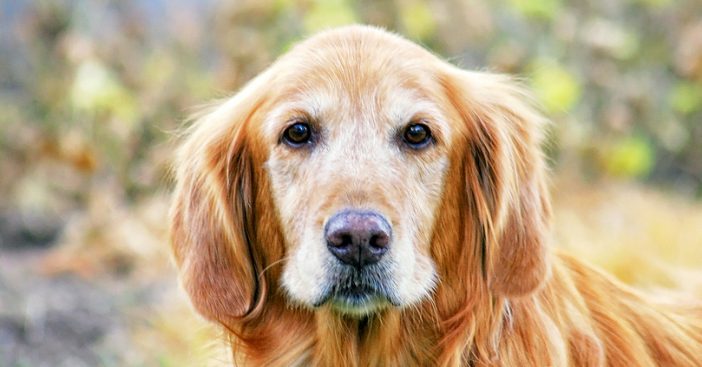
Sedation is one of the major controversies in end-of-life care medicine. I’m grateful that it isn’t as rare as it once was. When I talk to veterinarians about sedation, this is what I hear from those who don’t use sedation:
1. I don’t need sedation to hit a vein
2. Sedation takes too long
3. Sedation makes hitting the vein harder.
Can you spot the problem? Not one of these objections has anything to do with the owner or the pet! When it comes to euthanasia, it’s ALL about the owner and the pet. Have you ever watched a client before and after sedation? The difference is incredible! The tension leaves their face and body. They are able to focus on saying goodbye rather than wincing and being upset when their pet objects to handling. Most importantly, they get to spend a few minutes with their pet and see that there is no pain or anxiety. They know in those few precious moments that their pet is still alive and is no longer suffering. Some will even laugh through their tears at the sound of their pet snoring peacefully.
Do you know what it looks like to a client when you perform standing euthanasia on their pet? I do, because so many of my clients have told me about their past experiences and demanded sedation for their next pet.
“He just dropped dead.”
“It happened so fast.”
“One minute she was standing up and the next she was dead.”
“She died before I could touch her or tell her goodbye.”
That’s what they tell me.
We think a smooth euthanasia looks like a smooth surgical induction, don’t we? Perfect and peaceful? Not to our clients! There’s a reason for the “kissing corner” in hospitals when they take your loved one away to surgery. No one should have to see someone they love go from conscious to unconscious that fast. It’s scary. Have you ever seen someone faint? Even if they were caught and gently lowered to the ground, would you say it was a pleasant experience? Now imagine that it wasn’t unconsciousness – imagine it was death. How disturbing would that be?
Sedation is for both the pet and the owner. Needles hurt. I dislike hearing a guarantee of “painless euthanasia”. If they can feel a needle, it’s uncomfortable. So why would we put ourselves, our clients or our patients through unnecessary discomfort? If that isn’t enough to convince you, let me try this: not sedating will drive clients away from your practice. I know, because they call me for help after they have had “a bad experience”. They insist upon sedation. They won’t go back to their last veterinarian because it wasn’t used.
Sedation has the secondary effect of calming the owner. It’s a twofer! The pet is asleep and the owner has a little bit of their burden removed. Sedation also allows me to let an owner get close to their pet during the euthanasia process. That contact is so important! When an owner brings their pet in for euthanasia, I allow them to remain with their pet throughout their passing. Breaking that bond isn’t necessary.
I know it’s tempting to whisk their pet away to put in an IV catheter, but have faith in your vein-hitting ability. Every second the owner spends apart from their pet is a second of increased anxiety and guilt. If that pet cries out or comes back shaved and bruised from unsuccessful attempts at a catheter – it’s even worse. Sedation is the ultimate safety net. I often miss a vein on the first try. With sedation, it’s only a big deal if I make it a big deal.
If you do it right, sedation typically takes no more than 10 minutes (that’s if you give it subcutaneously like I do). That gives you time to make a short phone call, answer an email or quickly scoot in to see a patient. I give my feline patients drug cocktails with whopping doses of acepromazine. My canine patients get both acepromazine and xylazine. I give myself two legs to get a vein for euthanasia. If I don’t, they get it IP or IC.
Yes, in front of the owner. For the record, I’ve only had to go IC twice. I almost always get the vein (and I’m not a great phlebotomist by any stretch of the imagination). We have a tendency to psych ourselves out with superstition about veins. The truth is, most dying pets have lousy veins anyway. I would much rather poke a pet multiple times while they are sleeping and can’t feel it than to wrestle with them and poke them multiple times while awake and stressed. I make sure to tell the owner that part of the reason for sedation is so that they don’t feel any more needles even if I have trouble accessing a vein. I’ve never had an owner express anything but relief and gratitude at this statement.
Instead of worrying about how euthanasia can be easier on you, worry about how to make the worst day of pet ownership easier on your client and patient. Pre-euthanasia sedation is becoming the norm. Those of us who do in-home euthanasia see every day how grateful our pet parents are for that moment of peace, just watching their beloved pet breathe.
Euthanasia can be less stressful for everyone if we take the time to be mindful of what constitutes a peaceful passing. By using sedation before euthanasia and keeping that pet in the presence of their owner, you will preserve and honor the Bond that is the reason we do what we do.
The views and opinions expressed in this article are those of the author and do not necessarily reflect the position of the DrAndyRoark.com editorial team.
